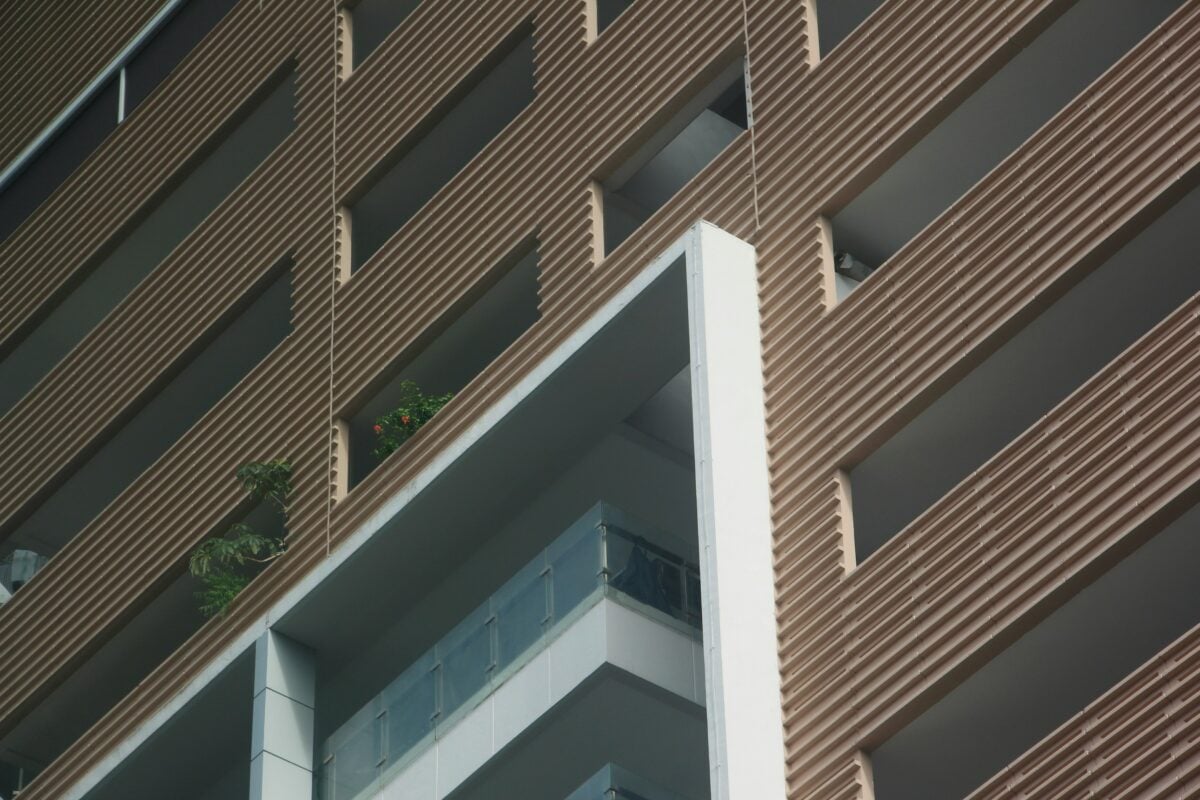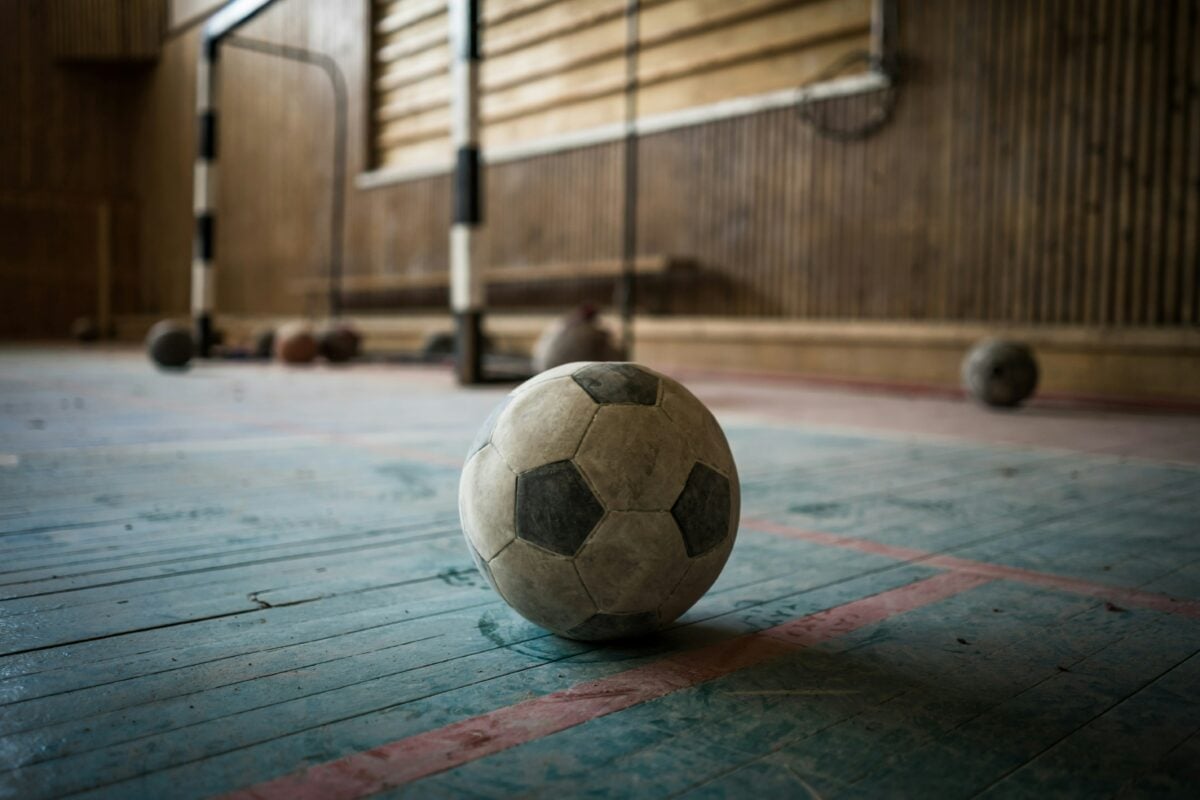The landscape of condominium living in Singapore has seen a significant transformation over the years. From the squash courts of the 1980s to the smart, eco-friendly amenities of today, the evolution of condo facilities reflects changing lifestyle preferences and societal trends. This shift not only signifies a change in the physical amenities but also marks a transition in what residents value in their living spaces.
Condominiums and their history

Historically, condominiums were equipped with facilities that catered to the hobbies and leisure activities popular at the time of their construction. Squash courts, for example, were a staple of luxury condominiums built in the 1980s, symbolising the sport’s popularity. However, as sports preferences shifted and space in Singapore became even more precious, these facilities began to lose their appeal. Today, residents favour amenities that support a more versatile and active lifestyle, such as larger swimming pools, multiple tennis courts, and expansive clubhouses that can accommodate a variety of activities and events.
The maintenance of older condo facilities presents a unique set of challenges. Ageing infrastructure can lead to increased maintenance costs and safety concerns, particularly with facilities that are no longer in high demand or do not meet current health and safety standards. Recognising these issues, some condominiums have undertaken the task of repurposing or upgrading their facilities to better align with contemporary needs. Transformations include converting squash courts into areas for more universally appealing activities like table tennis or fitness centres, ensuring that these spaces continue to add value to the residential community.
Condominiums and their allure

In addition to repurposing spaces, the overall marketability and property values of older condominiums are influenced by the relevance and condition of their facilities. Well-maintained and strategically updated amenities can significantly enhance a property’s appeal, making it more attractive to potential buyers and renters. Conversely, outdated or poorly maintained facilities can detract from a property’s value, underscoring the importance of proactive management and investment in upgrades.
Additional reading: Upgrading from an HDB flat to a condo? The guide to end all guides
The Singaporean government has recognized the importance of maintaining and revitalising older condominiums, implementing schemes such as the Voluntary Early Redevelopment Scheme (VERS) and the Home Improvement Programme (HIP). These initiatives aim to support condominium management in upgrading and renewing facilities, thereby improving living conditions for residents and potentially increasing property values. Such governmental support plays a crucial role in ensuring that older condominiums can continue to offer desirable living spaces in Singapore’s competitive real estate market.
Ageing condo facilities: Bane or benefit?

Effective condominium management is key to navigating the challenges of ageing facilities. Establishing a robust reserve fund and planning for long-term maintenance and upgrades are essential strategies. These funds ensure that resources are available for necessary repairs and improvements, thereby maintaining the building’s integrity and resident satisfaction over time. Furthermore, strategic planning allows condominiums to anticipate future needs and allocate resources efficiently, ensuring that the property remains a desirable place to live for years to come.
Looking ahead, the future of condo living in Singapore is likely to be shaped by advancements in technology and a growing emphasis on sustainability. Smart home features, energy-efficient designs, and green spaces are becoming increasingly important to residents, indicating a shift towards more environmentally friendly and technologically integrated living environments. As condominiums adapt to these trends, the evolution of facilities will continue to reflect the changing priorities and preferences of Singaporean residents.
Conclusion
In conclusion, the transformation of condo facilities in Singapore from the past to the present highlights a dynamic shift in residential living preferences. By embracing change and focusing on sustainability, technology, and resident satisfaction, condominiums can continue to thrive as desirable living spaces. Through collaborative efforts between residents, management boards, and policymakers, the future of condo living in Singapore looks bright, promising a harmonious blend of tradition and innovation.
Condos for you

2
2

2
2

3
3

2
2

1
2

3
3

2
2

3
3

2
1

3
2

3
3

2
2

2
1

2
2

3
3

1
1

3
2

3
3

1
1

1
1

3
2

2
2

2
1

1
1

3
2

3
2

3
3

1
1

3
2

2
2

2
2

2
2

1
1

2
1

3
3
See all For sale >

2
2

2
2

3
2

-1

-1

2
2

-1

3
3

2
1

2
2

2
2

2
2

2
2

2
2

3
3

1
1

2
2

1
2

3
3

-1
1

3
3

2
2

2
2

-1

-1

1
1

2
2

2
2

3
3

3
2

2
2

1
1

3
3

-1

3
2
See all For rent >
Disclaimer: This information is intended solely for general informational purposes. 99.co makes no claims or guarantees regarding the accuracy, completeness, or suitability of the information, including, but not limited to, any assertion or assurance regarding its appropriateness for any specific purpose, to the maximum extent allowed by law. Despite all efforts to ensure that the information presented in this article is current, reliable, and comprehensive at the time of publication, it should not be used as the sole basis for making financial, investment, real estate, or legal decisions. Furthermore, this information is not a replacement for professional advice tailored to your unique personal circumstances, and we disclaim any responsibility for decisions made using this information.
The post The evolution of condo facilities in Singapore: Adapting to the times appeared first on .

